
Last year we published our Mid Sized Bouldering Mat Group Test and were brutally honest - some may say harsh - about Alpkit's submission. Emails were exchanged, feedback was taken on board, and here we are - just under one year on - with a whole range of new Alpkit bouldering mats. Whilst I'd love to claim this was our doing, it's not. Over the past few years Alpkit have been investing in their UK factory and working on the designs for the new range. Here we take a look at the fruit of their labour…
When it comes to the range you can't fault Alpkit for producing a thorough spread, with six pads ranging in size from a simple foot mat all the way through to one of the largest pads on the market. We've focussed on three: the Origin, the Mujo and the Project. Each differ not just in dimension, but also in the depth of foam and method of closure.
General Features
In order to prevent repetition it's worth running through a few key features of the range as a whole, the first of which is the sleeve in which the foam sits, which consists of a 1100D cordura shell. Despite our greatest efforts we're yet to make any sort of an impact on this outer and, in all honesty, we doubt we'd make an impression between now and when the foam runs out. This is a material designed to last, so much so that Alpkit offer a 25 year guarantee.
When it comes to foam this is what Alpkit had to say:
"We fall off things a lot, so we make crash pads that can take a lot of falls. Our foam is cross-linked – a process which bonds molecules in the foam that would not usually link together to make it much stronger and reduce break down from repeated compressions. This makes our foam more shock absorbent and durable than other foams on the market"

One thing we learned throughout the Bouldering Mat Group Test was that all foam is NOT equal, with huge and quite often very vague specifications, which is why it was quite interesting to see Alpkit be very specific about the foam used. Here's an example taken from the Origin:
- Base layer foam: 70 mm HLB22 polyether open cell foam; density: 19 – 23 kg/m3; hardness: 250 – 300 newtons
- Top layer foam: 40 mm closed cell cross-linked polyethylene foam; density: 25 kg/m3
The big question is, what does this actually mean?!? From our experience the foam reacted differently in each pad, something we'll cover below.
When it comes to durability, the jury is still out, as only time will tell. So far they've received 4-5 months of solid 'UKC use', which is probably around 1-2 years for most people. Alpkit offer a 3 year guarantee on the foam, plus the offer of being able to buy new foam when it flattens out, which should - coupled with the durabiltiy of the outer - provide a pad for life. That said, we have noticed that the foam doesn't always 'bounce back' when compressed. A noticeable example of this occurring is when pads are lashed together (see pics below). We'll provide a further report in another 6-12 months time to see how this is doing.
Origin - £159
11 cm thick taco bouldering pad for up to high level falls, an ideal main pad for frequent boulderers with an adjustable, adaptable rucksack carry system. 100 x 134 cm
The Origin is Alpkit's premier Taco Pad, with a generous 100x134cm surface are an 11cm depth of foam. It's designed to be a good all-rounder - and to be fair, it is. Furthermore, at £159 it comes in at an competitive price, which is great for the first time buyer.
Alpkit have kept the design simple, with limited frills, but this works in the pad's favour. There are shoulder straps, big grab handles, a whole load of foam, and that's about it. One final 'flourish' we liked - not least for its simplicity - is the squared off edges that eliminate gaps when placing pads side by side.
Taco pads have benefits and drawbacks when compared to pads featuring a hinge, and the decision as to which is best is largely a personal one. When it comes to benefits there's obviously the matter of the absence of a 'dead spot' in the middle, which means it is fundamentally safer and more consistent to fall on. Another inadvertent benefit of the taco design is that due to the space within the fold they're also great to put bags down the centre of. If your approach to the crag/boulder is of a reasonable distance this is a really useful feature. When it comes to drawbacks the main issue is storage, as it's best for the foam if they're stored open, which isn't always convenient. Another minor issue is that they can sometimes take a moment to flatten out, but this - at least with the modern mats - doesn't seem to be as much of a problem as it used to (or maybe I'm imagining it?).
In order to get around the issue of having a muddy back (a frequently faced issue for the British boulderer!) Alpkit have made it so the outside of the pad faces upwards. It is essential that this is done not just to keep the back/straps dry, but also to get the firm layer of foam on the top side (which is essential for a smooth, safe landing). However, because of the upward facing nature you need to remove the straps in order to prevent them becoming a trip hazard. Whilst this is annoying, it is necessary. More elaborate systems exist, but obviously these add complexity and price.
The Origin features two layers of foam: one open cell (for shock absorbency) and the other closed cell (for distributing the load of the impact and stopping you from bottoming out). Two layers tend to give a softer catch whilst falling when compared to three and - much like the choices between taco vs. hinge - some people have a preference for two layers, others three. Whilst it wasn't a pad we want to fall soley on if we're up high it is perfect for just about everything else...and who goes out bouldering with just a single pad these days anyway...?
Whilst the debate between taco vs. hinge is undoubtedly a personal one, the Origin tends to be the pad we reach for first as we think it's the best all-rounder.
Mujo - £175
12 cm thick bouldering pad for up to high level falls, an ideal main pad for frequent boulderers with a hinge fold and an adaptable, versatile backpack carry system. 100 x 132 cm
We've already given the Origin a lengthy introduction and this makes it somewhat easier to frame where the Mujo fits in. It is best thought of as the Origin's (non-siamese) twin, with similar dimensions, but instead featuring another cenimetre of foam and a hinge (as opposed to Taco). It too features a simple yet effective design, with few frills and only the essentials.
One feature which will be a blessing to those short of stature is the addition of variable height adjustment on the back system, which has both high and short loops through which to thread the straps.
Due to the added complexity it hits a higher price of £175, which brings it around the average you'd expect to pay, as opposed to the bargain that the Origin feels like. In fact, considering the dimensions are much the same I suspect most climbers (unless they're specifically looking for a slightly thicker, hinged pad) will opt for the Origin as it simply ticks all the boxes.
All that said the Mujo does have its place. It offers significantly more shock absorbency courtesy of the increased depth (12cm vs. 11cm), which is definitely noticable when you're falling off things from height. With that in mind it's hard to fault: it's another good all-rounder, hitting the right sort of price, but it is maybe just a little outshone by its cousin.
Project - £229
15 cm thick uber-sized bouldering pad with a thermoformed back system for comfortable weight bearing; perfect for big boulders, big projects and big dreams; made in our UK factory. 127 x 160
A few years ago pads were all much of a muchness, all around the same size; however, in recent times things have been supersized somewhat courtesy of the likes of Organic and Moon, whose 'Big Pad' and Saturn have taken things to the next level. At the end of the day, the larger the surface area and the deeper the foam, the better it's going to be to land on - simple.
It's not quite as simple as that though because there are other things to take into consideration, the first being what it's like to carry. We've already run through the range's relatively low weight and the Project comes in at a 9kg. When it comes to the carrying system Alpkit have used the back system from their range of mountaineering packs, making for comfortable carrying in spite of the fact you've got something truly massive on your back. The only drawback we've experienced is that there's a bit of movement whilst the pad is on the back. This is an issue shared with many other large pads, because due to the dimensions of the sheet of nylon it is almost impossible to get it taught enough. Having discussed this with Alpkit the issue is hard to compensate for: put the back system higher and the bottom gets in the way of your stride, put on a more complex back system and there'd be an increase in price. As such they have struck an adequate compromise for an issue that's challening to solve without creating a whole load of other issues revolving around price and weight.
In order to prevent the back system from getting dirty the Project comes with a large rucksack cover that can fit around the whole of that section of matting. Whilst it is simple it's not 100% elegant, and I've never been one for spare parts that can easily get lost or blown away. That said, it does provide a solution to keeping your back dry, so does fulfil its purpose (if you can be bothered to put it on).
A few words need to be said about the depth of this pad, because 15cm of triple layer foam really is something. Unsurprisingly it's a dream to fall on, with a good balance between soft impact and firm landing. Then again, due to the depth it's hardly a surprise as there's plenty of open and closed cell foam to play around with!
Another major consideration when considering the Project is whether or not it'll fit in your car. If you own a conventionally sized car the chances are this is not the pad for you. I own a Berlingo - a vehicle that has ample boot space - and even that is outdone by the Project. In order for the pad to fit I have to lay it across my back seats, which is fine if it's just me and one other person, less fine (read: impossible) if you wish to fit anyone in the back. If you've got a van there's unlikely to be a problem, but all in all this isn't just a big pad - it's a huge pad!
When it comes to price there's nothing of this size that comes close, with the usual price tag being around the £300 mark. As such, for those that can find somewhere to fit the Project it represents something of a bargain.
Looking hard to protect landing zones? Expecting spectacular falls or hours of blood sweat and tears working your dream line? Hand made in our workshop on the edge of the Peak District we sew all of our bouldering mats and pads for the sweetest, long-lasting landings with tough outers and high quality foam inners, balanced for durability and cushioning, tuned for per'foam'ance.
Find out more




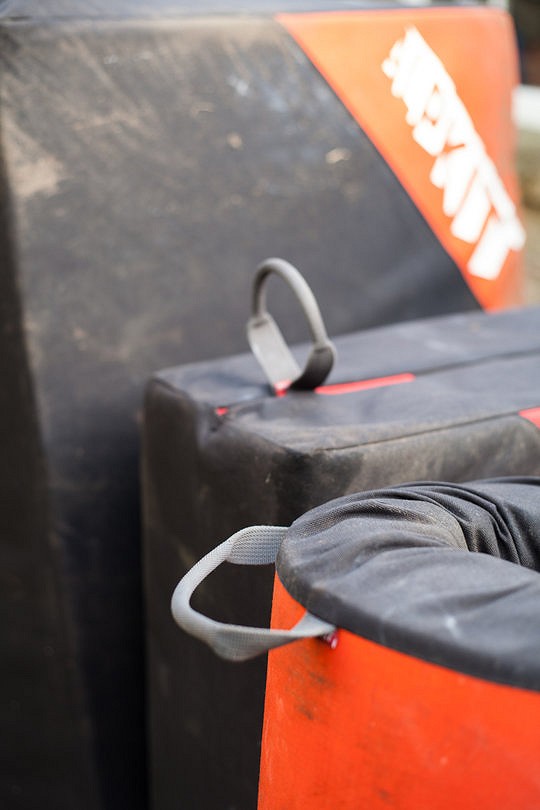
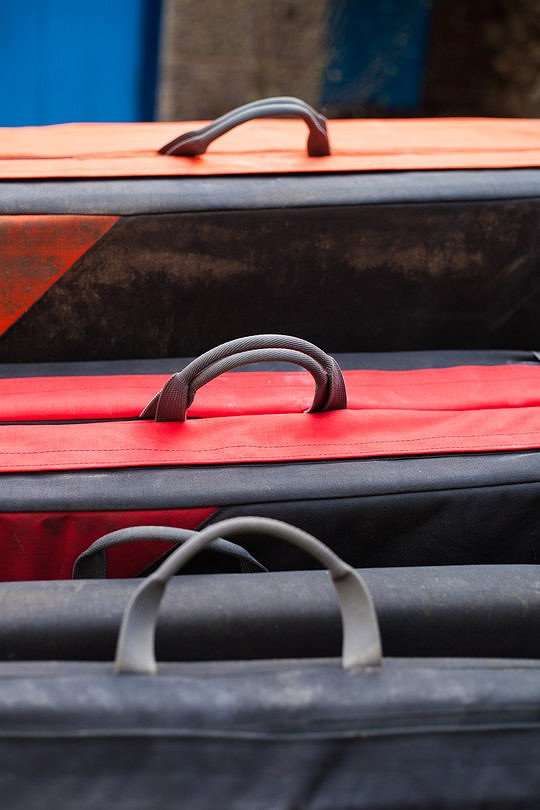
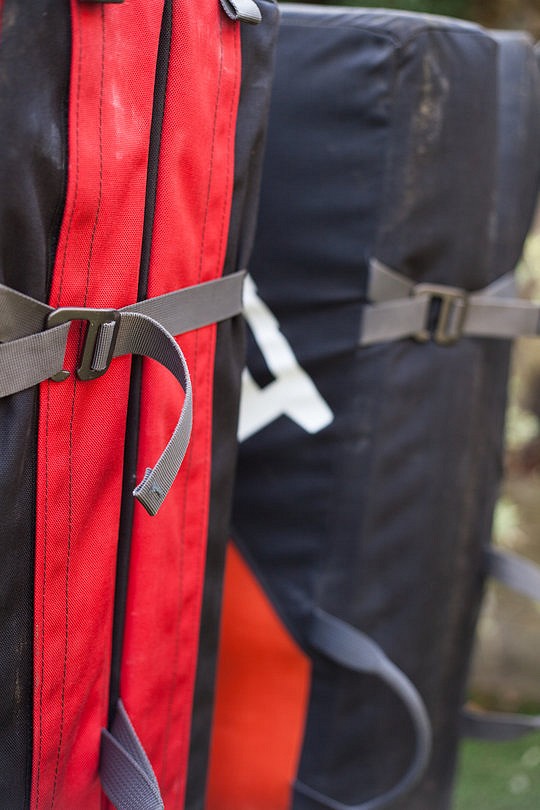
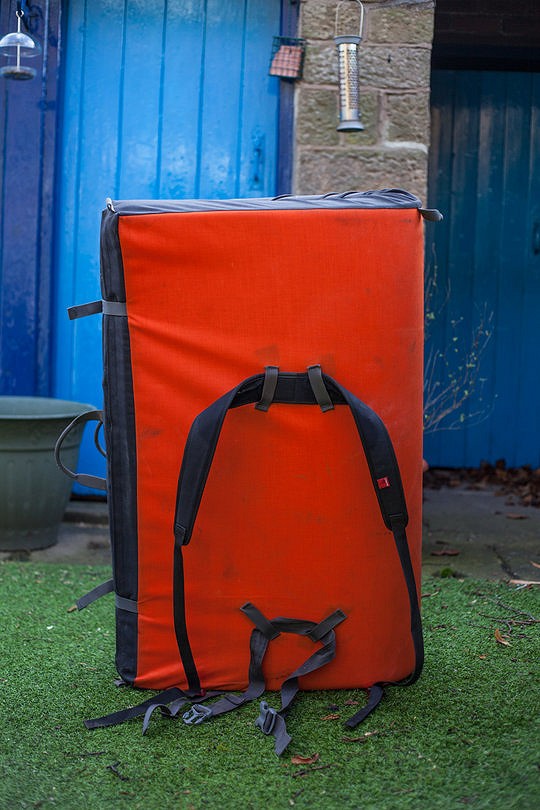
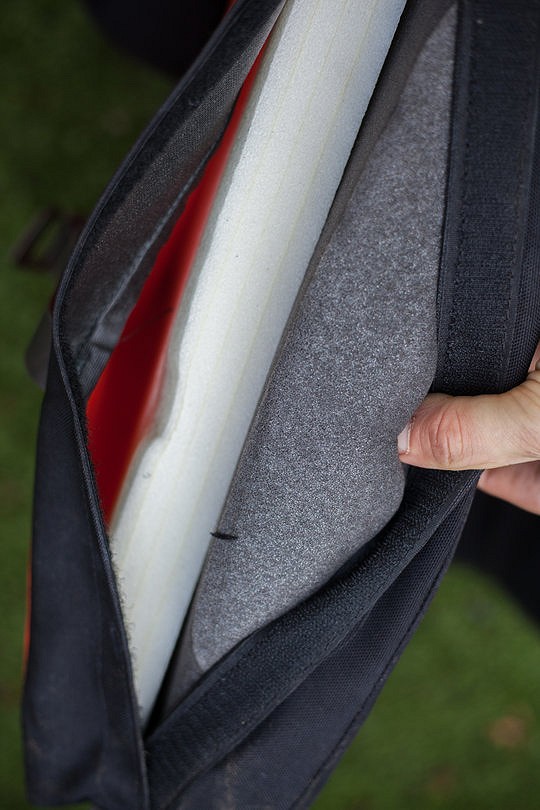


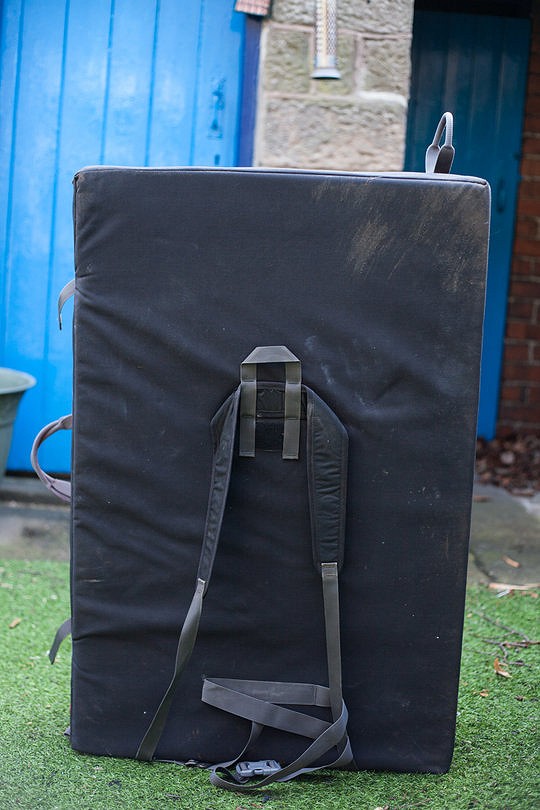



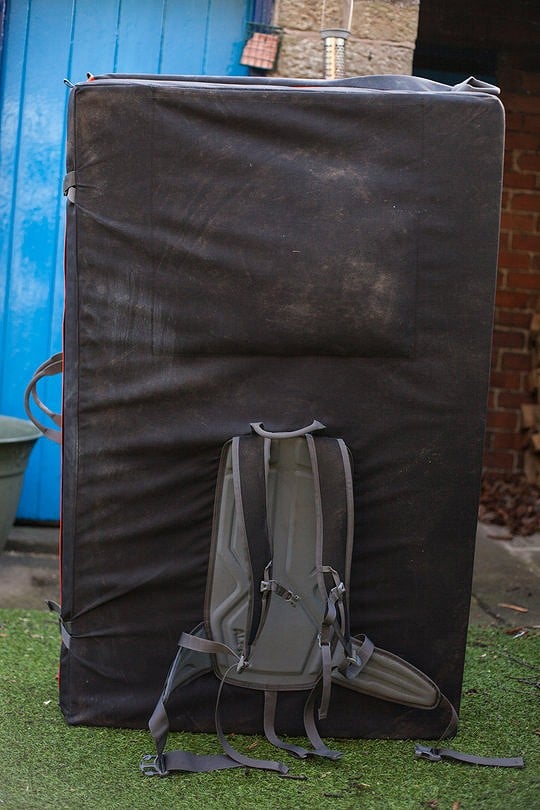
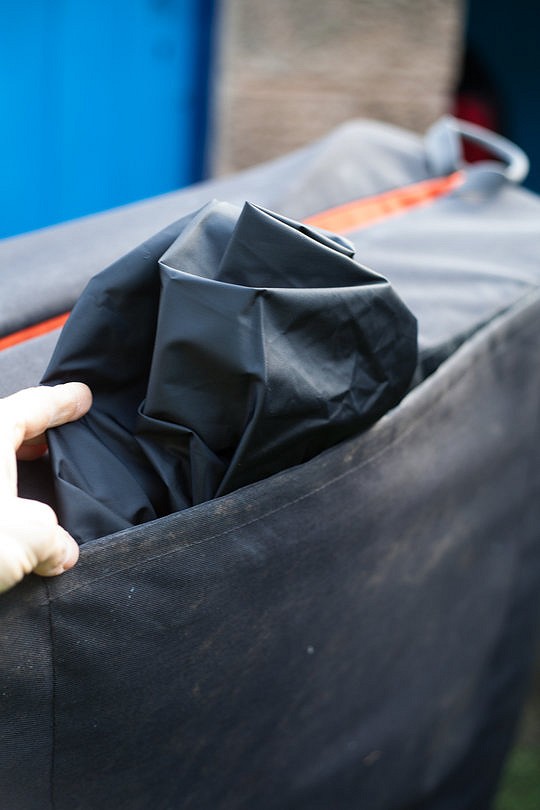
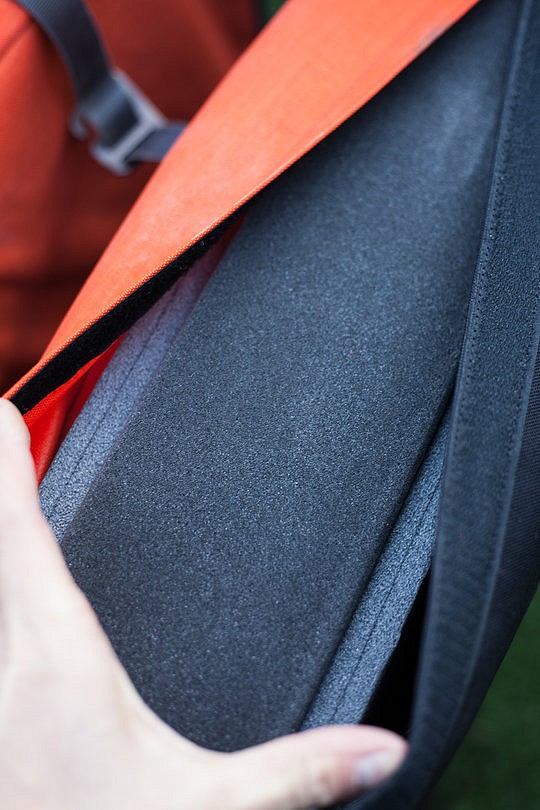



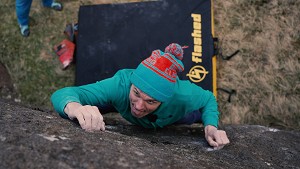

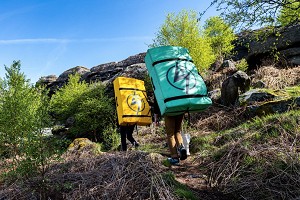




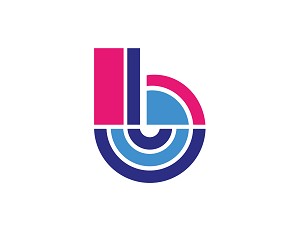
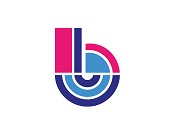
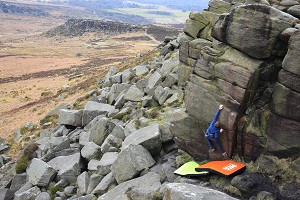
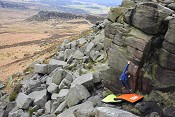
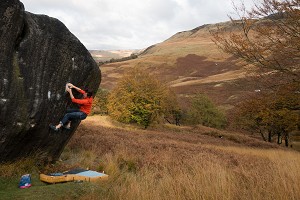
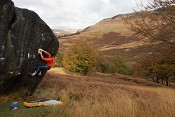
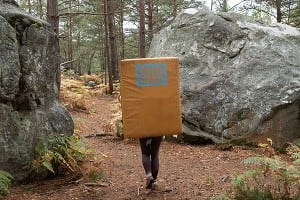
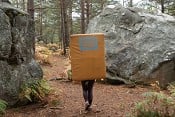
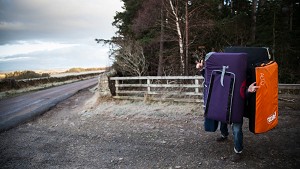

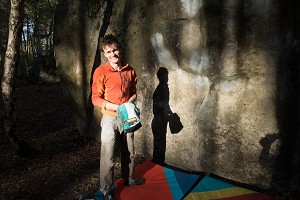
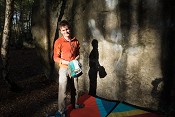

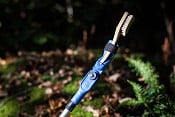
Comments
You may find you'd get more birds on your feeders if there was more cover nearby for them to fly to-and-from between feeds. If they're too exposed, birds may not approach for risk of attach (often from Sparrowhawks).
Could even fake this and attach some small twigs and branches nearby.
Good review too :D
I think the main issue on that particular occasion the weirdo taking photographs just a few metres away :-)
There's a hedge just out of view to the left which houses a pair of Robins, Blackbirds, and somewhere between 6-8 House Sparrows. Other visitors include Blue Tits, Great Tits, Long Tailed Tits, Dunnocks, Woodpigeon, Collared Dove, a team of ravenous Jackdaws, and a Wren. I'm quite proud of this given that when we moved in a year and a half ago there was nothing!
Anyhow, back to the bouldering mats + review at hand - thanks for the feedback!
I always find with pads that it takes time to work out a pad is crap. You need to have been wedged between many trees, blown over with it on your back, got lost for 2 hours whilst carrying it and also repeatedly fallen onto it to know the foam will hold up. And also not lost any shoes you carelessly stuffed inside it whist moving between problems. A good pad is also still usable once almost everything has fallen off it. And you gotta pick wisely as you are gonna be using that pad for years. Buying a new pad is risky business :).
I couldn't agree more. In fact, it's quite strange writing a review in light of that.
With that in mind I'll definitely be posting an update some time within the next 6-12 months, as I'm sure I'll have developed a few more opinions by that point. Still, for those interested I hope this goes through some of the pros and cons of the various pads available.
It's not a huge difference really but worth mentioning, I had a look on the alpkit website after reading the review at the Origin and it's listed on there website at £159 not £145 as in the review?
Looking forward to seeing how they hold up after another 6-12 months, might get one as a second pad if the review is favorable!